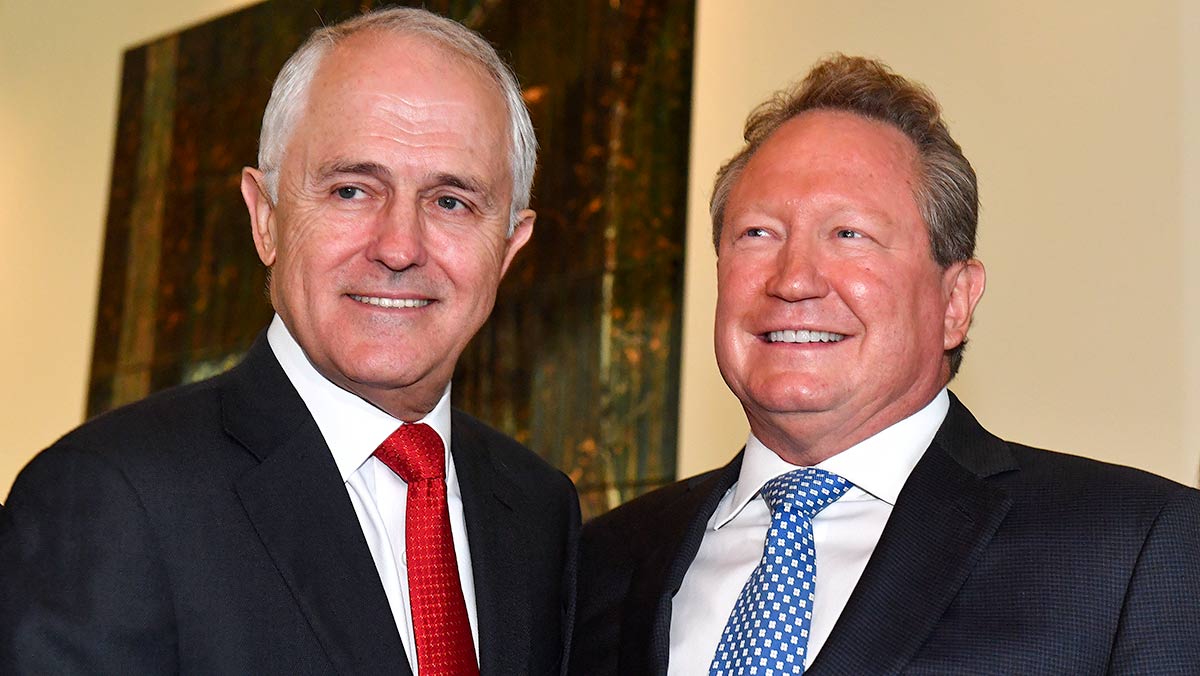sankel@businessinsider.com (Sophia Ankel)

A prominent anti-vax doctor had her medical license renewed this month, the Ohio Capital reported.
Dr. Sherri Tenpenny told Ohio lawmakers in June that COVID-19 vaccines could make people magnetic.
Tenpenny was recently named one of the 12 most prolific sources of anti-vax misinformation
A prominent anti-vax doctor from Ohio, who pushed the false claim that COVID-19 vaccines could make people magnetic, has had her medical license renewed, according to the Ohio Capital Journal.
Dr. Sherri Tenpenny is an osteopathic physician who has spent years making unproven or exaggerated claims about vaccines.
Her license, first issued in 1984, was due to expire on October 1. It was renewed by the State Medical Board of Ohio on September 16.
Jerica Stewart, a spokesperson for the Board, confirmed to the Ohio Capital Journal that Tenpenny's license was automatically renewed until 2023.
"A recent renewal does not prevent the board from taking future disciplinary action," she said, according to the Ohio Capital Journal.
Tenpenny attracted nationwide media attention in June after she falsely told Ohio House Health Committee that the coronavirus vaccine could potentially make people "magnetized," Insider reported previously.
"You can put a key on their forehead. It sticks. You can put spoons and forks all over, and they can stick because now we think there is a metal piece to that," she said.
Tenpenny also falsely said that COVID-19 vaccines contain particles that connect a person to 5G mobile data networks.
The Center for Countering Digital Hate (CCDH) named Tenpenny among 12 anti-vaxxers responsible for spreading 65% of false information about vaccines in March this year.
The report caught the attention of President Joe Biden in July, who said: "These 12 people are out there giving misinformation. Anyone listening to it is getting hurt by it."
Tenpenny's Twitter account was permanently suspended in June after the company said her COVID-19 vaccine claims violated its misinformation policy.
Insider reached out to Tenpenny for further comment but did not hear back in time for publication.
Stewart said the Ohio board renews medical licenses automatically to keep up with the 92,000 practitioners in the state.
She told Insider that the complaints it receives about physicians are usually confidential, although if a licensee is disciplined by the board, the action is public record. She did not comment specifically about Tenpenny's renewal.
Mia Jankowicz contributed to this report.
An osteopath is a licensed physician who practices medicine using both conventional treatments and osteopathic manipulative medicine, which focuses on relieving pain and tension in the musculoskeletal system.










